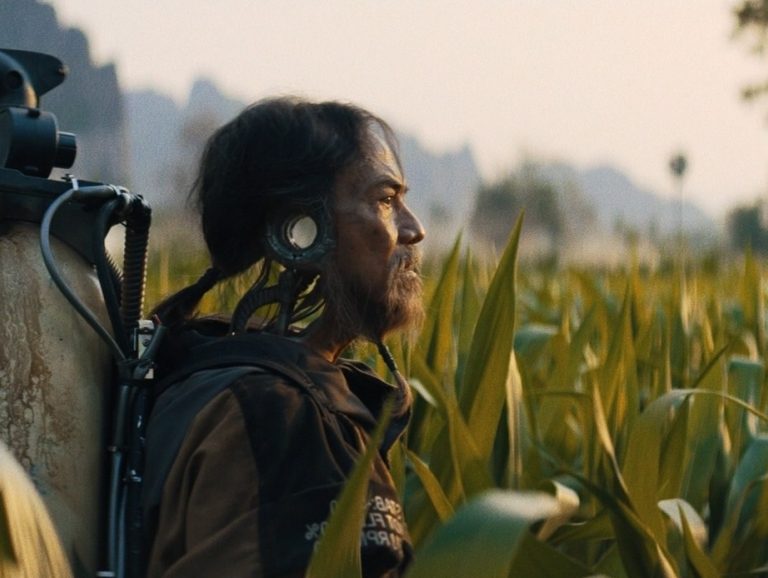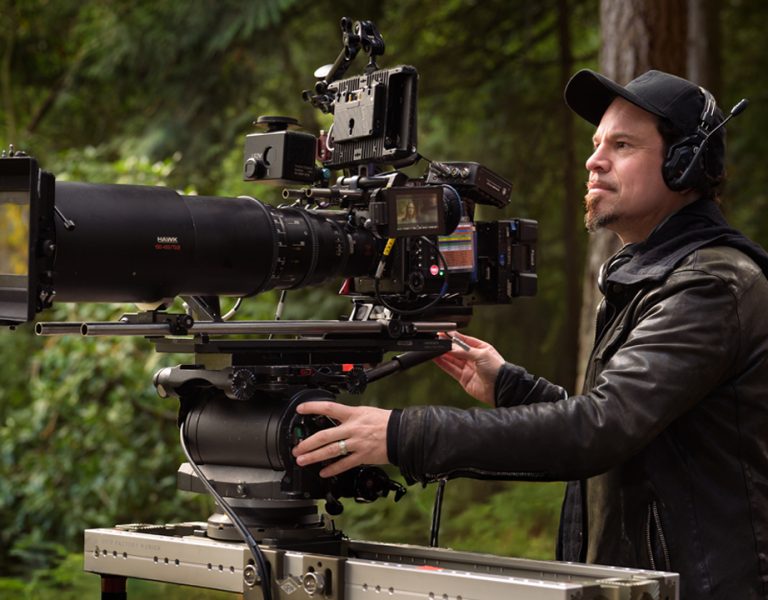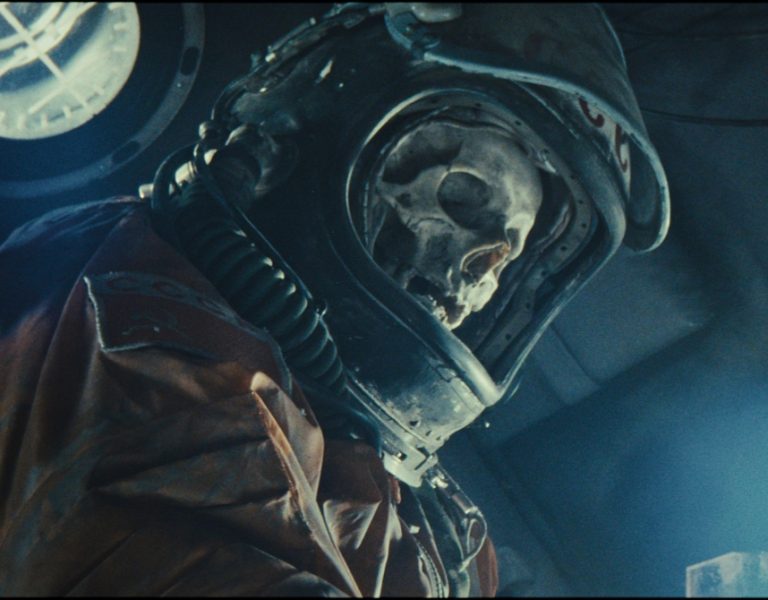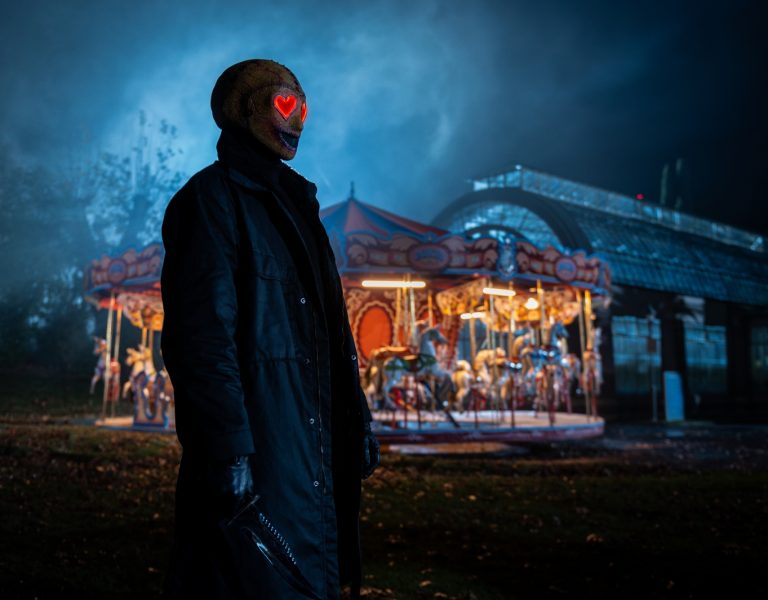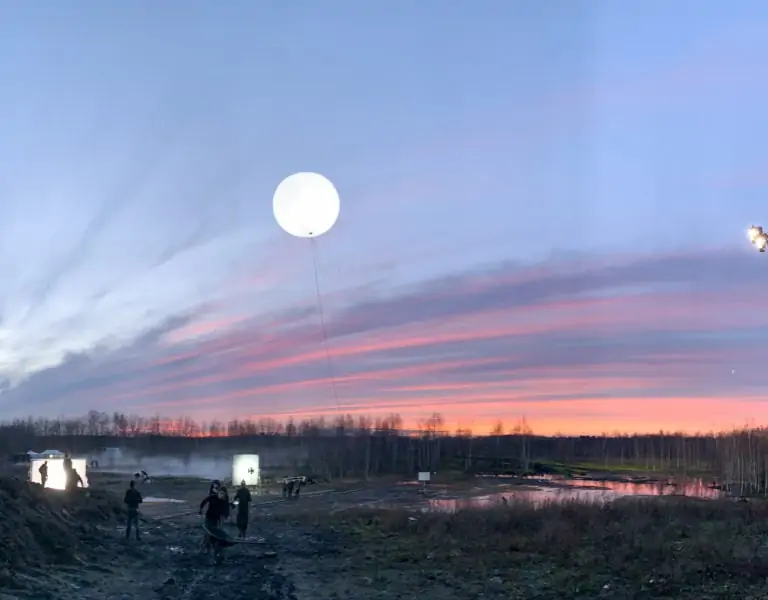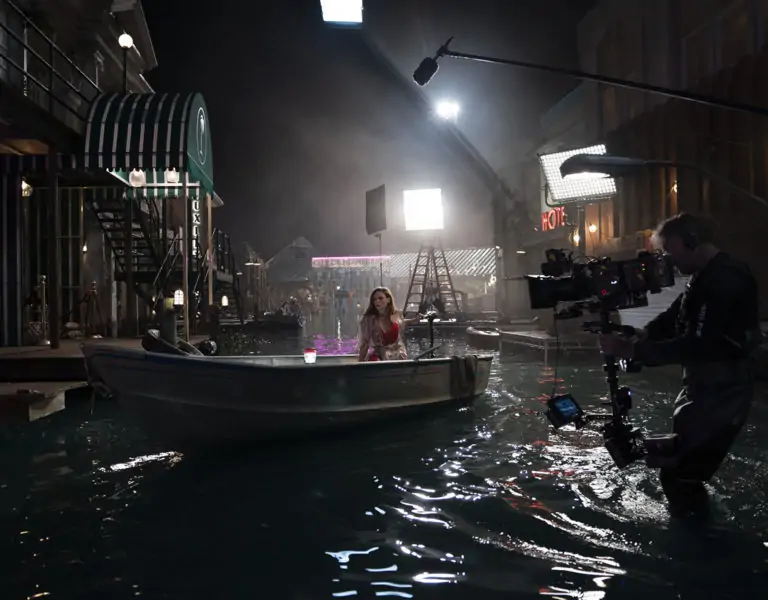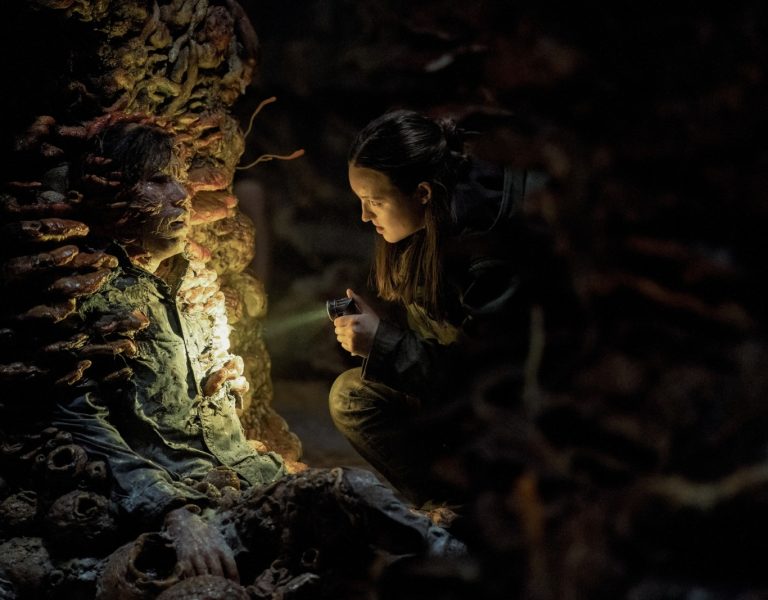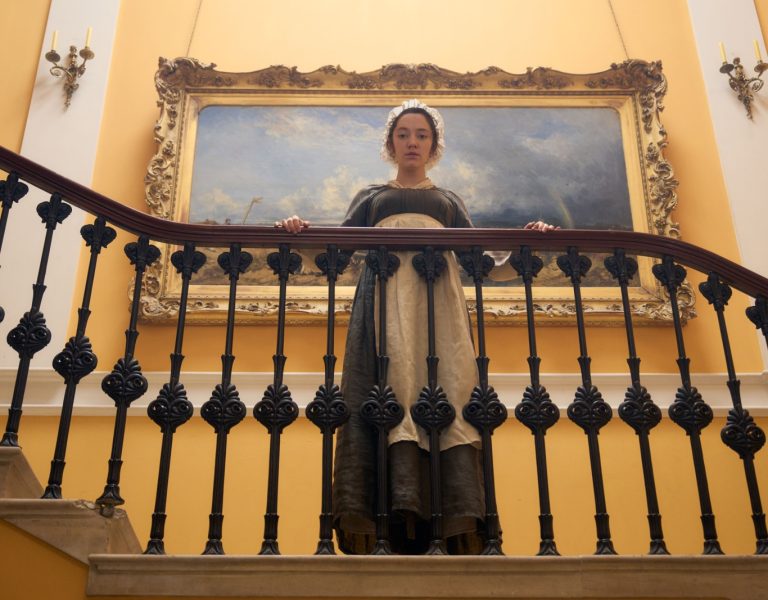RAW REALITIES UNFOLD
Cinematographer Wilson Cameron captures complexities of adulthood for the understated, yet quietly powerful, Good One. Through a collaboration with long-time friend and director India Donaldson, Cameron embraces imperfections, opting for an unfiltered aesthetic.
Here’s how the duo turned constraints into an emotionally rich, cinematic masterpiece.
The tight 12-day shoot schedule of Good One mirrors the film’s unconventional take on the all too real disappointments of adulthood. During an annual summer camping trip in the Catskills, 17 year old Sam, (Lily Collias) finds herself stuck between a clash of egos, with her father Chris (James Le Gros) and his unravelling friend Matt’s (Danny McCarthy) far from perfect friendship. As tensions surface, the unfiltered style serves to heighten the audience’s tension at their uncomfortable interactions and unspoken frustrations – reflecting the not-so-picturesque reality of life.
With no room for multiple takes, Cameron and Donaldson “dialled into specifics for each scene and had an extensive shotlist,” opting for long uninterrupted master shots to capture the shared emotional turmoil brewing between the trio. “Stylistically, one of the things that we got excited about during prep was the idea of trying to capture full scenes in a master shot, but not necessarily a traditional wide master, ” Cameron explains. “India showed me several Joanna Hogg films that employed this technique wonderfully.”
Before diving into production, the pair spent a lot of time sharing films that inspire them, drawing on the cinematography they admired. “I had also been watching Hou Hsiao-Hsien films, in particular Millenium Mambo, which uses incredible long-take panning medium shots at times for entire scenes. I thought the camera work was so elegant and pared down,” Cameron remarks. This mutual understanding was channeled into the film’s minimalism, where each scene was crafted with intentional simplicity.
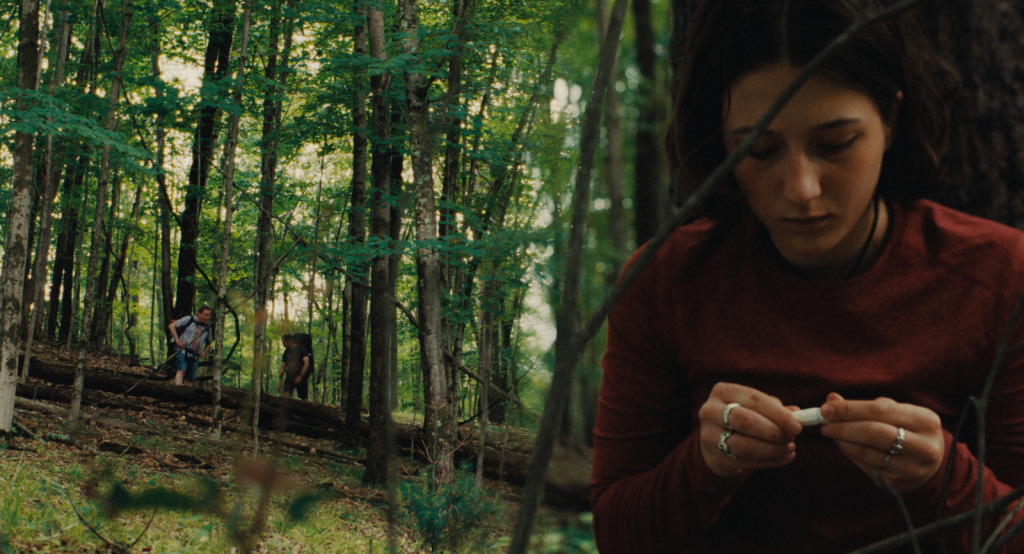
All eyes on Sam
With an “extensive shotlist” devised for the film, a key visual principle emerged early on – to keep the audience’s focus firmly on protagonist Sam. The camera often fixates on Sam’s face, allowing her expressions and reactions to narrate the emotional rhythm of each scene. As Cameron explains, “When in doubt, stay on Sam” became a guiding visual mantra when shooting, with Donaldson intentionally choosing to leave the camera on Collias during key interactions, capturing her silent observations. This focus strips away distractions, drawing the audience deeply into her emotional experience on a more intimate level.
This minimalist approach to filming, driven by the constraints of a 12-day shoot and the need for precision, aligns with the director’s vision of centring the story on Sam’s interactions. “We knew that if we got the scene in an angle that featured Sam, we were good,” Cameron adds. “We did shoot some regular coverage when needed, but it’s a testament to India’s vision that she and editor Graham Mason leaned into this approach for the edit, and allowed so many scenes to happen with the camera on Sam and her reactions.”
With only 550 shots in the final cut, the film allowed for more contemplative moments to capture the teenage girl’s internal struggles as she confronted the brutal realities of adulthood.
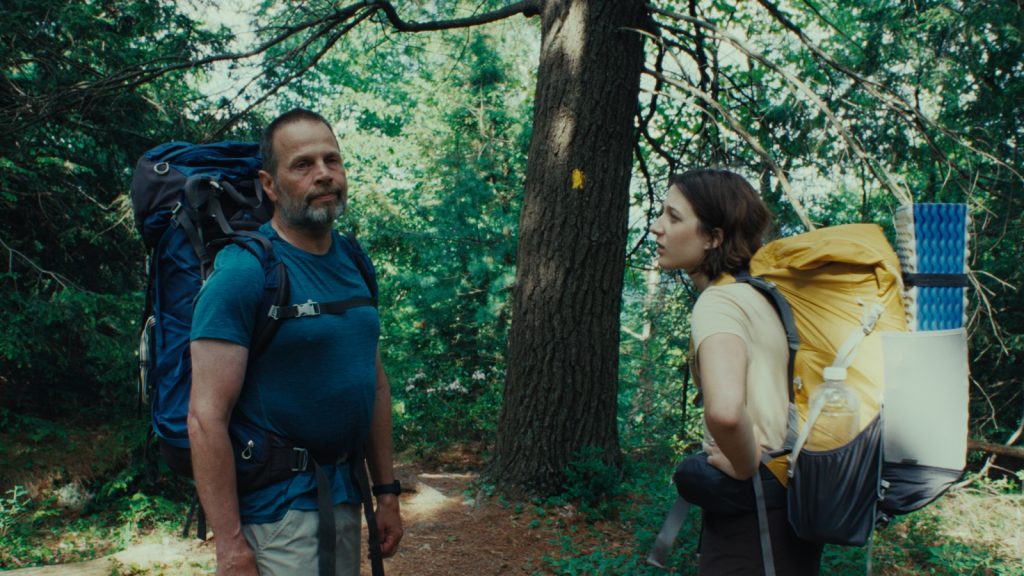
Adapting to nature’s lens
Shooting Donaldson’s first feature film, outdoors with limited resources, introduced an additional layer of complexity – but also enhanced the film’s unique beauty.
As Donaldson shared in an interview with Sundance, “We had to adapt to nature and its whims, we couldn’t bend it to our will.” This inescapable challenge required a flexible, fast-paced approach to cinematography when shooting. Cameron’s decision to keep the camera setup as lean as possible proved vital to ensuring the forces of nature played their part in the story.
“We shot the film on an Arri Alexa Mini, with Zeiss Super Speed lenses. We also had a Blackmagic Pocket 4K with a PL adapter as a B-Cam. I also had the lighter B-Camera on standby so that I could solo operate in between scenes and capture nature shots,” Cameron explains. “We had talked in prep about those wonderful environmental shots that you see in Ozu movies, and I made it my mission to get a large library of that type of material. The great thing about shooting in the woods is that even at high noon you can find spots to shoot in that are under nice dappled leaves.”
A 13 minute campfire scene stood as the film’s centrepiece, proving to be “one of the biggest challenges” as Cameron aimed to capture a real-life camping experience. “We wanted this scene to feel like dusky early evening, and not necessarily pitch black night,” he adds. “In order to achieve the look we scouted a location next to a large hill that blocked the sun and shot the sequence over two afternoons, primarily using the soft ambient daylight and a light for the campfire.” Shot on two cameras, Cameron had to adjust the ISO as the natural light faded, later balancing the outcome in post-production with a “day for dusk” grade to reflect this natural setting.
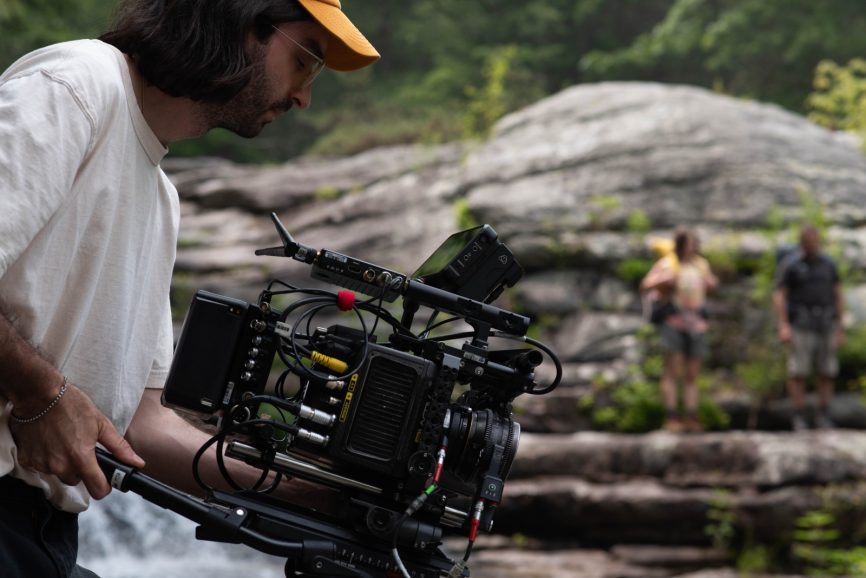
Post-production magic
Having both previously worked with 16mm film, Donaldson and Cameron set out to achieve the imperfect “film look” for Good One – without using actual film.
With film out of the budget, the post production process led by Cameron and colourist Cédric von Niederhäusern, was crucial to achieving something that wasn’t “overly massaged in the grade”. “I graded the dailies myself and set up a film emulation look. My experience in post over the years has taught me how much everyone gets used to looking at the temp color, so if your final grade is going to be a major departure from that it can sometimes be jarring. Once we had locked the edit, Cédric was game to build off of the look and work some wonderful magic and subtleties into it,” Cameron explains. “I thought it would be cool to approach it like something shot on film from the mid-2000s, ie: relying on primaries and not overly processed keying or power windows. We intentionally left things like hot highlights from the sun peeking through the trees, and other imperfections that might normally be corrected.”

